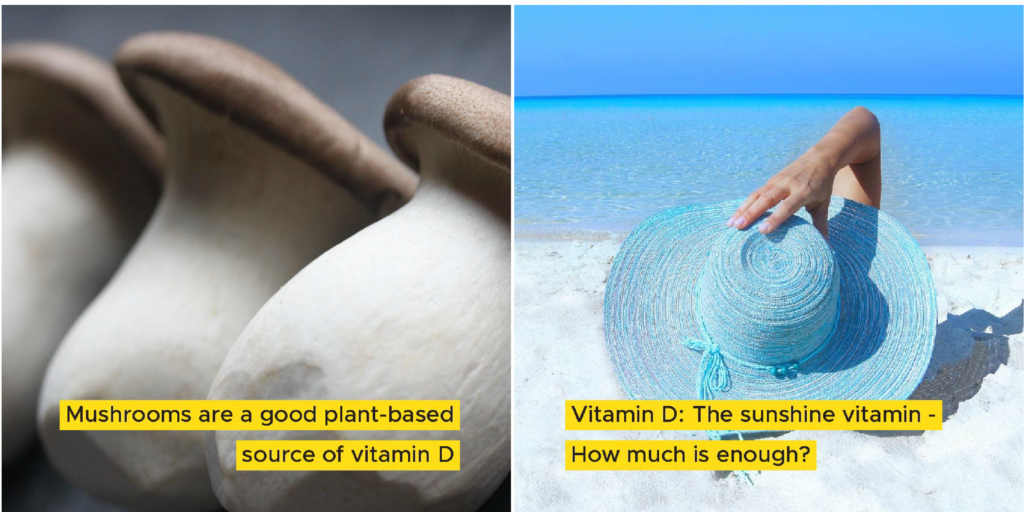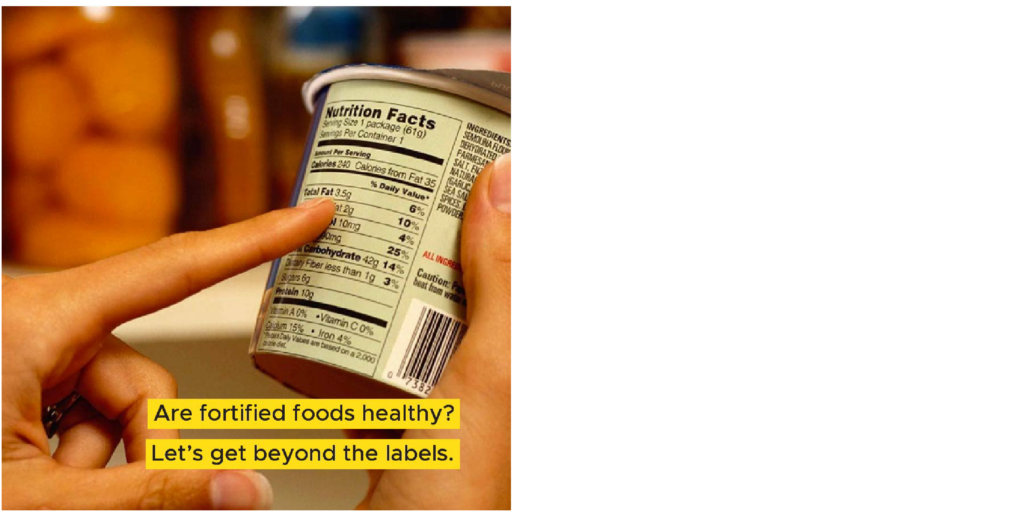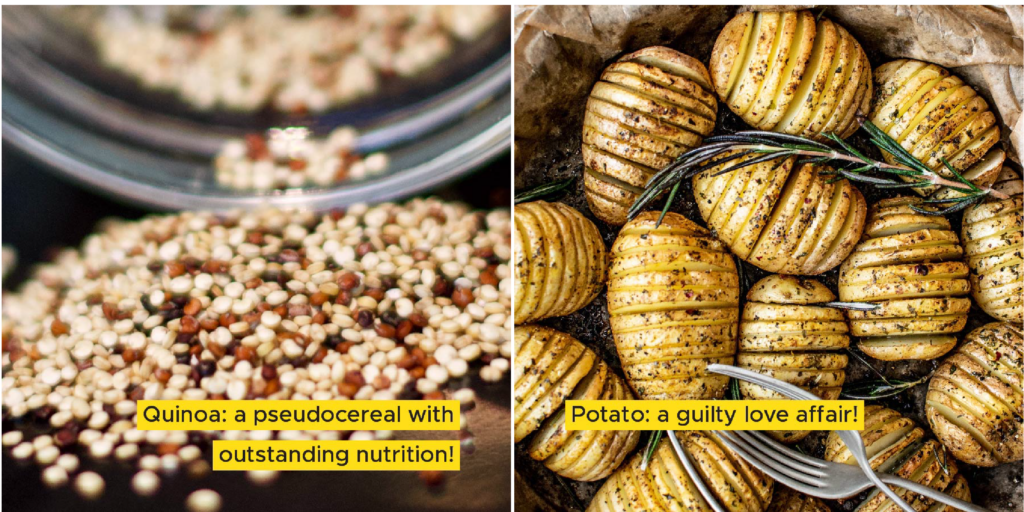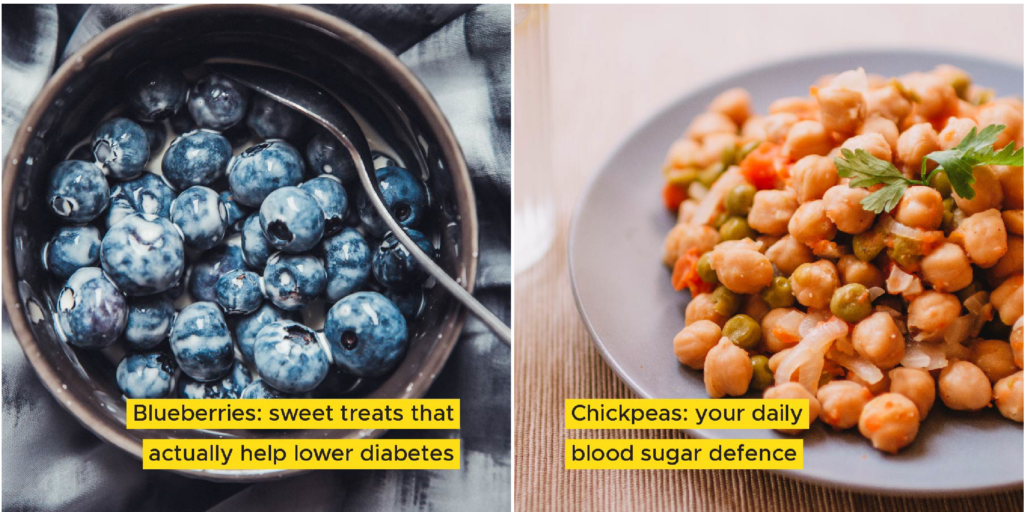Vitamin D and its health benefits
Vitamin D and its health benefits
Blog > Vitamin D and its health benefits
Vitamin D and its health benefits
-
Published
September 21, 2023
-
Category
Blog, Food Bulletin Newsletter -
Tags
Bone Health, vitamin D

|

Mushrooms are a good plant-based source of vitamin D
Mushrooms are a powerhouse of nutrients and studied for their various health benefits. Varieties such as maitake, morel, chanterelle, oyster, and shiitake all contain natural Vitamin D. Mushrooms convert a precursor to vitamin D, called ergosterol, into vitamin D2 when exposed to UV light. Shiitake mushrooms, when dried outdoors in sunlight, express up to 400 times more vitamin D! Mushrooms also contain a host of other essential nutrients like vitamin B12 that are less common in plant-based diets.
The sunshine vitamin – how much is enough?
Vitamin D is technically a hormone because when exposed to ultraviolet B (UVB) of the sun, a vitamin D receptor in our skin naturally converts cholesterol in the skin to vitamin D3. 10–30 minutes of midday sunlight, several times per week is enough to provide all the required vitamin D. People with darker skin may need a little more than this because melanin, the pigment response for the skin color slows the absorption of the UVB. Excessive exposure to the sun should be avoided due to its link to skin cancer.

Are fortified foods healthy?
Where people are unable to glean enough vitamin D from their diets, governments around the world have rolled out fortification regimens of common foods like milk, orange juice, spreads and cereals under public health policies. While this has certainly helped to curb malnutrition and deficiency in food insecure regions, these fortified foods tend to be heavily processed and contain high amounts of sodium and fats. We now also run the paradoxical risk of overdosing on fortified vitamins! Cut through the marketing hype of packaged, fortified foods. Begin with whole foods as your base and supplement as necessary.
Featured Posts
-

Blog
No Silver Bullet in GMO Golden Rice
October 12, 2023
-

Blog
Food Labeling and Genetic Research
October 12, 2023
-

Food Insights
Processed Foods or Prepared foods
October 12, 2023


